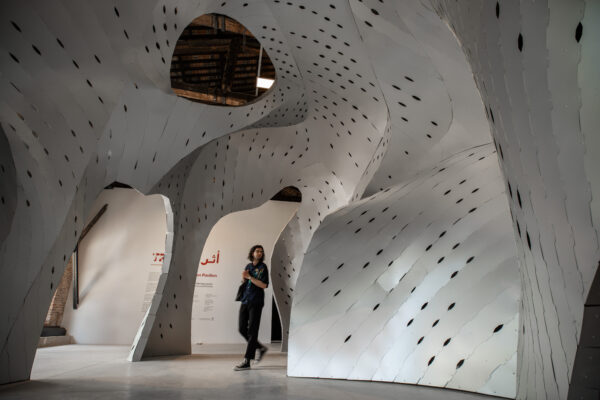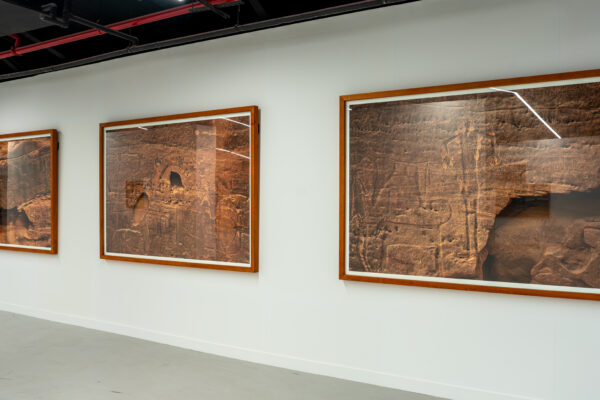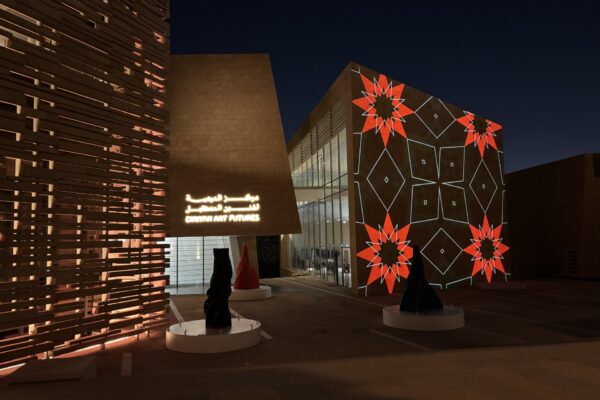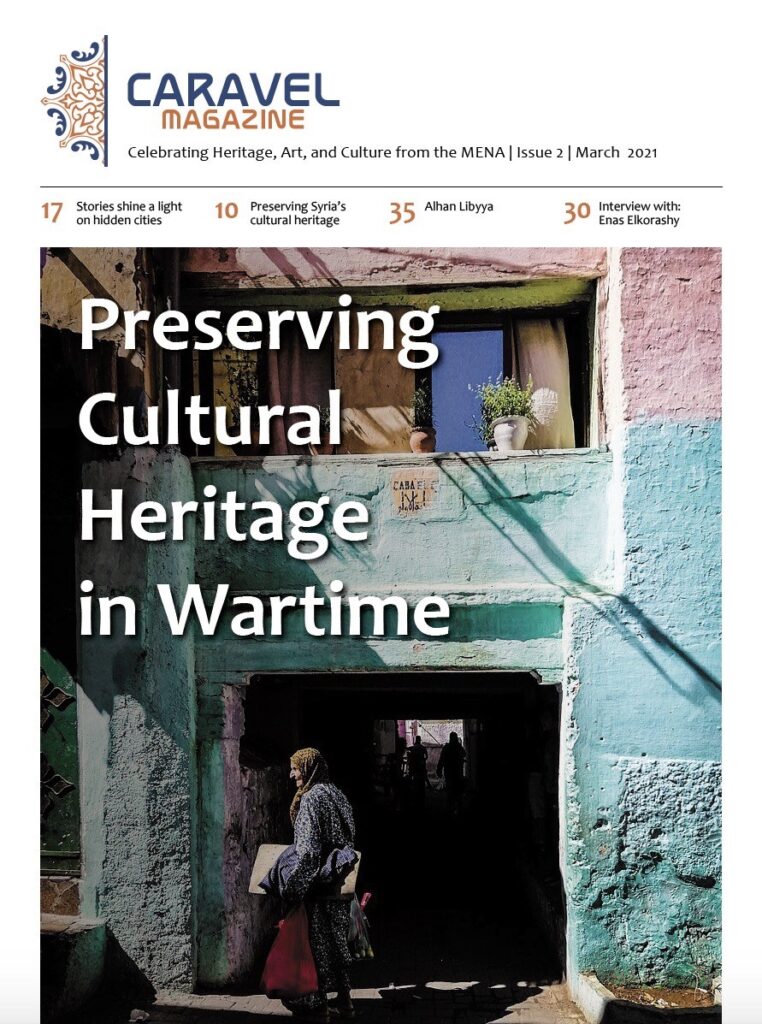By Sulaiman Othman
For this year’s Venice Biennale, the Sultanate of Oman Pavilion features the work of four collaborating artists, led by the curator Alia Al Farsi, who, in 2017, became the first Omani artist to participate in the biennial. Al Farsi’s work will also be on display in the exhibition.
The artist and curator, committed to celebrating her homeland’s unique artistic voices and narratives, explains her thoughts behind the Malath-Haven, symbolising Oman’s rich cultural tapestry and her approach to the 60th International Art Exhibition.
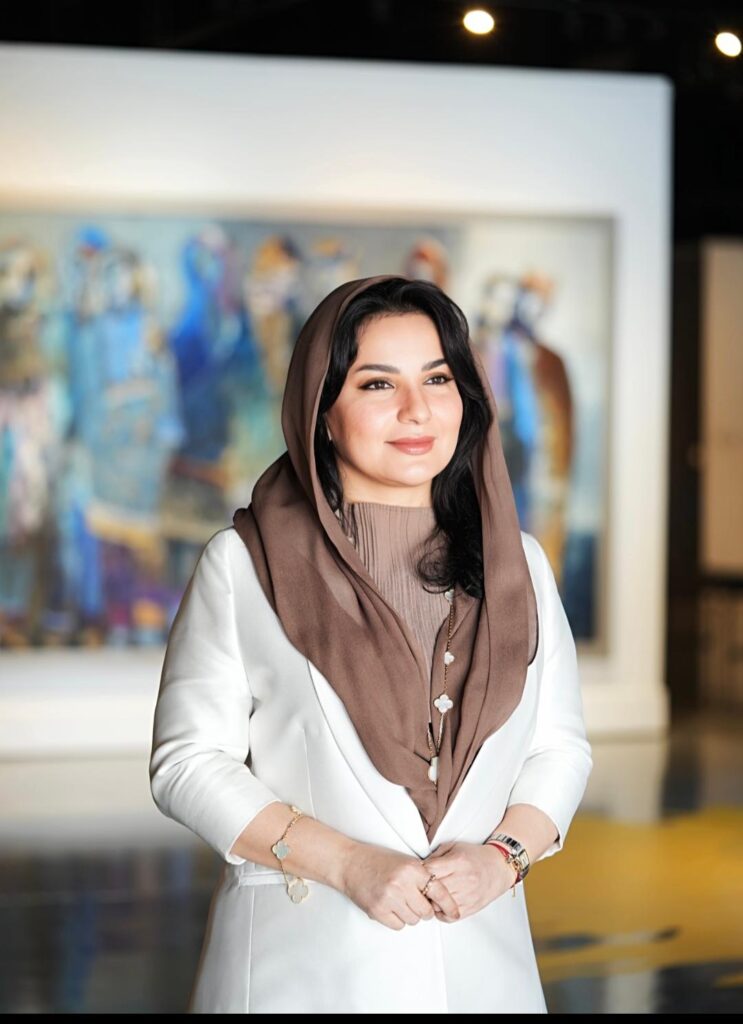
Tell us about the concept of “Malath-Haven”. What are the visuals based on?
Malath, in Arabic, means “safe space” or a haven where travellers can find solace and feel at home. The exhibition aimed to capture Oman’s essence over the past centuries, portraying it as a country where inclusivity and hospitality were core values. It sought to showcase our local artistic talents, depicting Oman as a sanctuary throughout its history, offering shelter and a profound sense of belonging to those seeking refuge.
Malath-Haven is a collaborative project between you as curator and four contemporary artists. How and to what degree did these disciplines interact to produce the visual experience of the Pavilion of Oman?
The artworks featured in the exhibition reflect Oman’s multicultural legacy by blending traditional roots with contemporary perspectives. This exhibition was a collaborative effort; I didn’t work on it alone, but rather, it was a collective journey and the result of ongoing dialogue with the artists. Each artwork delves into the complexities of identity and migration, shedding light on the diverse experiences of individuals within Oman’s multicultural society. As a team, we recognised the historical impact of foreigners, and each artist was selected for their ability to explore specific aspects of this impact, such as language, food, architecture, attire, and arts. These themes were central to our vision of presenting a multifaceted exploration of our society’s interconnectedness and diversity.
Oman’s importance as a nexus of civilisations is integral to Omani culture. Do you feel such narratives may have mutual references with other countries and cultures so the international audience of the Venice Biennale will equally appreciate Malath-Haven?
Participating in prestigious global events like the Venice Biennale is of immense importance for Oman’s cultural landscape. It offers a strategic opportunity for the Sultanate to enrich its cultural tourism sector and enhance the global visibility of its artists. My primary aim for the audience is to spark curiosity, showcase the diverse cultural expressions of the region, present Oman as the vibrant and diverse cultural hub that it is, and encourage viewers to reconsider and contextualize their perceptions. Moreover, I believe that this exhibition will resonate with an international audience because its starting point is a shared experience. Who among us has not been a stranger in a foreign land? Who has not felt the need to find a safe space, a harbour?
Considering Malath-Haven is a multidisciplinary project, do you envisage it developing post-biennale?
Yes, as I own my private art gallery, I will surely explore creating more interdisciplinary works, perhaps in collaboration with other artists. I think art in Oman, as the country itself, is very diverse and should not be limited to one medium. The team and I proved to be aligned in our vision and artistic approach and I am hopeful that we can take this experience back to Oman and build on it.
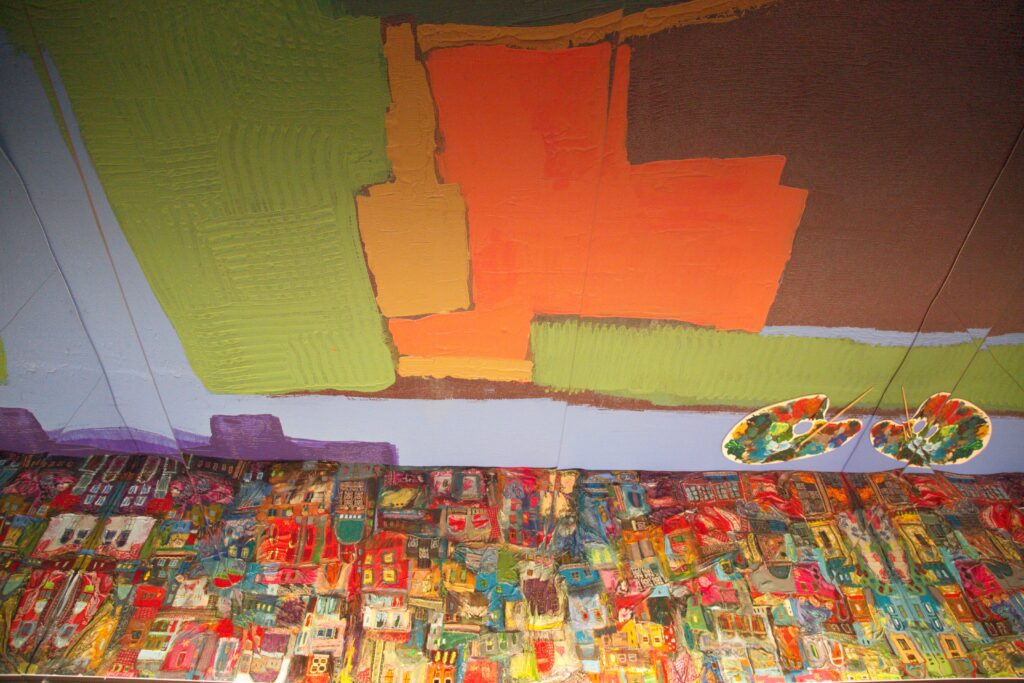
Can you tell us about the significance title “The Foreigners Everywhere” for this year’s Biennale?
The theme of the Biennale, “Foreigners Everywhere,” has been incredibly inspiring. Working closely with my curatorial team and the artists, we aimed to embrace diverse perspectives. The decision to involve multiple artists in the installation, rather than just one, was a deliberate choice in response to the theme. This collective approach showcases the abundance of artistic talent within our nation and the diverse creativity that exists, while also highlighting the interconnectedness present in our society. Having a collective of artists sends a powerful message that our country is rich in artistic expression, with numerous talents capable of making a significant impact on the global art stage.
What unique contributions does an artist’s representation of their artistic identity and national heritage bring to the Biennale in Venice, where you represented your country?
By showcasing their cultural background and artistic identity, each artists contribute to the diversity and richness of the global art scene. In representing the Sultanate of Oman at the Biennale, artists have the opportunity to introduce audiences to our cultural heritage, traditions, and contemporary artistic expressions of their nation. This not only fosters cross-cultural understanding but also celebrates the unique artistic voices and narratives of our homeland. Additionally, artists often bring innovative techniques, materials, and concepts influenced by their cultural heritage, offering fresh and thought-provoking insights into global issues.
Your work often features women and influences of Sufism. What role do these elements play in your creative process, and how do you balance individual narratives and larger societal themes?
To me, Omani women are a great representation of resilience and strength. We have created through ages our own language of art using colourful garments and jewellery to distinguish which areas we come from while preserving the national identity. Sufism, on the other hand taught me how to love myself and be more accepting of my flaws, which can be seen in my art style. Historically, Sufi poetry helped shape the identity of many artists in the region and resulted in creating inclusive art with Eastern identity.

